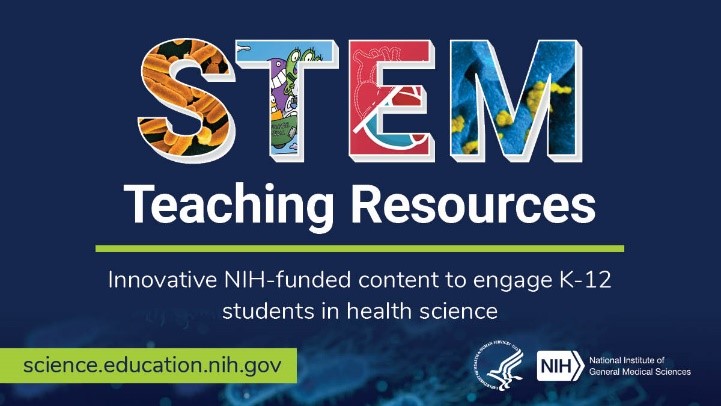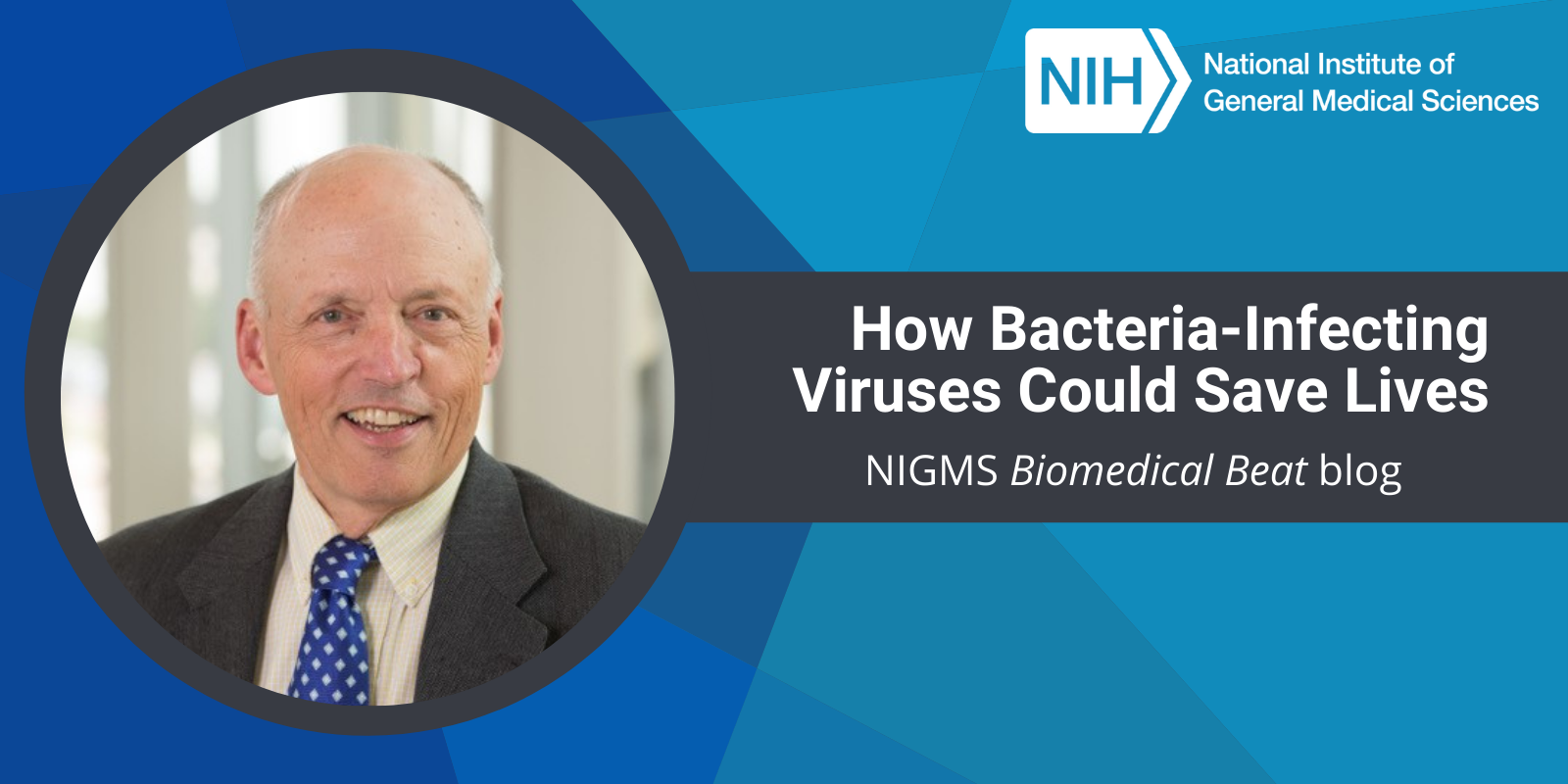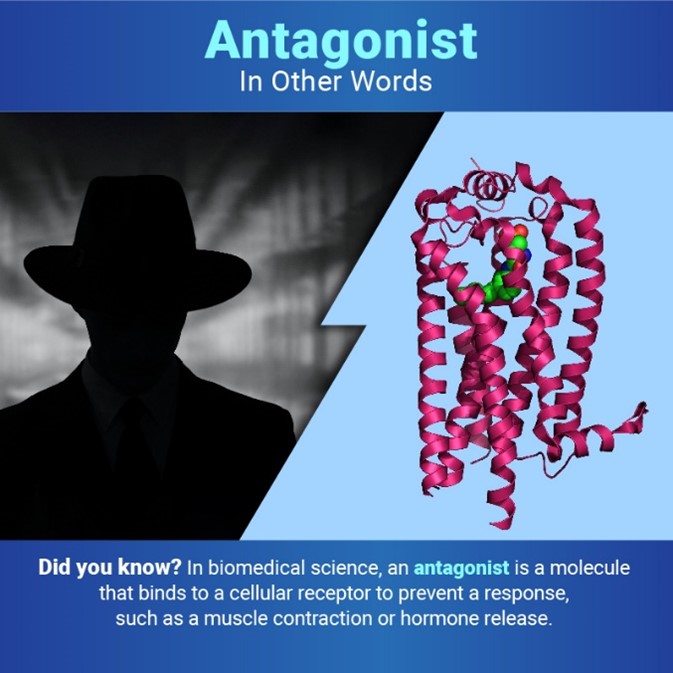
Attention, educators! We’re announcing a new clearinghouse of free STEM education resources covering a wide range of health and biomedical research topics for students in grades K through 12. The STEM teaching resources website provides links to great content from various institutes and centers within NIH, as well as materials developed under the NIGMS Science Education Partnership Award program.
The resources are easy to navigate within the following subject areas:
- Being a Scientist
- The Brain & Mental Health
- Diseases & Conditions
- Drug Use & Addiction
- The Environment & Human Health
- Genetics
- Healthy Living
- The Human Body
- Molecules & Cells
- Scientific Tools & Methods





